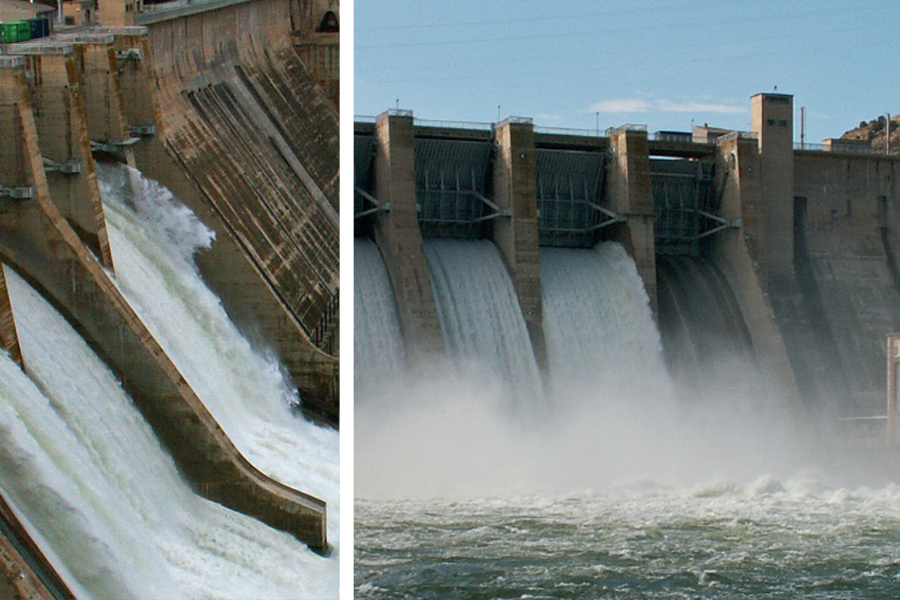
Overview
Water dams perform several vital responsibilities for civilization. It generates roughly one-fifth of all energy in the world electricity .It regulates the water flow for the purpose of irrigation or other essential areas where water is crucial. These sizeable civil engineering structures prevent landslides and floods. So it needs to be strictly secured and a minor defect in the structure can cause enormous damage to life and property.
Prolonged rainfall or flood can cause extreme water inflow to the dam and cause it to fail. Most dams are designed to withstand with extreme weather conditions, but unexpected prolonged seasons of rain and flooding can sometimes put pressure on the dam till it collapses.
Dam complies with the strict standard requirements. But in response to the threats such as natural disasters or human-made activities can damage it, resulting the endangering of the population property and the environment of nearby area.
The early warning system for dams is composed of 4 steps, such as risk assessment, monitoring and predicting, disseminating and communicating warnings, and response.
With the advanced monitoring, warning, and notification systems being installed in the surroundings of dams and water reservoirs, a reliable solution can be achieved in case of an emergency.
Early warning system allows the responsible team to take safety precautions and to provide advanced warning prior to flooding. It can also help in identifying the incidents that are developing at dams and levees.
Dam alert:
The early warning system has a monitoring system that analyzes the risk of a dam rupture. The early warning system, issues a warning signal to the area that gets flooded within an hour of damaging the dam. The first responders will be notified of emergency situation via voice or text message.
These are mostly small to medium-sized, integrated monitoring, warning and notification systems that consist of 5 to 30 electronic sirens.
Reasons for having early warning system for dams:
Unpredicted abnormal weather conditions or a potential dam safety threat can be managed to some extend by early warning system at a dam. It can provide almost a real-time and continuous data record .More like frequent event-driven data collection that captured under varying loading conditions.
It can analyze remote data through web-based applications. It allows easier analysis with timelier evaluation by a rapid processing and plotting of data. It has the ability to initiate alarms automatically in order to notify the responsible team if the critical water thresholds are exceeded.
When informed early the responsible team can be informed to allocate the labor in advance during regional, large-scale catastrophic events that may damage one or multiple dams. It also helps direct critical or sensitive decision making beforehand and save resources. After such natural disaster a lot of phenomenon can be changed, which can be measured beforehand with this system.
In natural disasters like flooding, snow, storms when the dam is inaccessible or limitedly accessible the early warning system provides continuous data .It increases the accuracy, reliability, and consistency with the help of remote diagnostics, that in turn reduces human error that can happen by manual data entries.
The early warning system interacts with the status of a dam and provides instant indoor, outdoor warning and digitally informs all the concerned persons. Here the warning system makes sure that is not only heard, but also understood. Clear voice messages or pre-programmed tones are crucial for the better understanding of the approaching threat.
Better communication about the security person at the dam and concerned person or population located outside the dam is very crucial.
Application:
- Different Dams and water reservoirs
